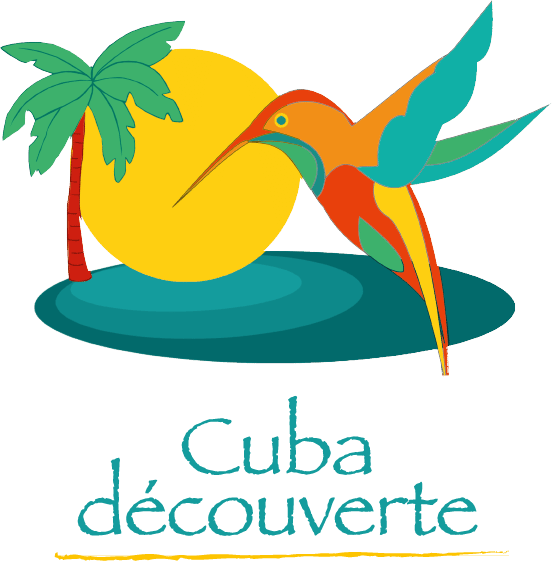Starless hotels in paradise
In Costa Rica, there is no standardized classification of hotels as there is in Europe. That’s why we offer you our own classification based on criteria of style, capacity, location, originality, respect for the environment, quality of service and restaurant and, of course, price.
The latter are often indexed by season: dry season or high season from December 1 to April 30 and green season or low season from May 1 to November 30.
Costa Rica Découverte is committed to working only with service providers who are committed to sustainable, responsible and fair tourism.
When we visit hotels, we take great care to inspect backstage areas, kitchens and laundry facilities. Basically, we don’t just focus on what the customer sees. After all, a pleasant welcoming look, but an unkempt backyard, can lead to unpleasant surprises later on.


